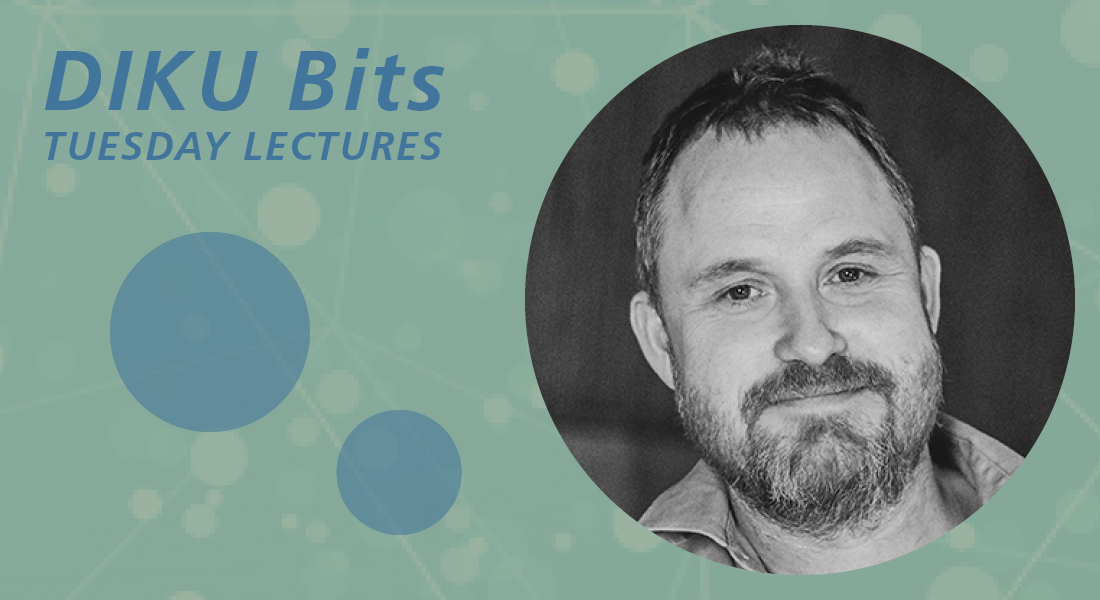Universitetsavisen
Nørregade 10
1165 København K
Tlf: 21 17 95 65 (man-fre kl. 9-15)
E-mail: uni-avis@adm.ku.dk
Forelæsning
Forelæsning — Join us when Sune Darkner from the Image Analysis, Computational Modelling and Geometry (IMAGE) section from the Department of Computer Science at UCPH will give a DIKU Bits lecture.
Date & Time:
Place:
Lille UP1, DIKU, Universitetsparken 1, 2100 København Ø
Hosted by:
vilu@di.ku.dk (VILU), Head of Studies at DIKU, and Datalogisk Fagråd
Cost:
Free
Sune Darkner, Associate Professor in the Image Analysis, Computational Modelling and Geometry (IMAGE) section
Digital twinning in agriculture and healthcare
Digital twins are an innovative technological concept, offering real-time, virtual replications of physical systems, processes, or entities. In the agriculture sector, they have the potential to significantly reduce greenhouse gas emissions by closely mimicking real-world conditions of crops in particular. Through constant monitoring and simulation of variables such as soil moisture, temperature, and fertilizer application, digital twins can provide actionable insights that enable farmers to optimize resource use and implement more sustainable agricultural practices. By doing so, this technology not only promotes environmental stewardship but also enhances productivity and yield.
In healthcare, digital twins present an equally transformative potential. They can construct highly individualized patient profiles, complete with medical histories and real-time health data. These virtual replicas can be used to simulate various treatment options, evaluate potential outcomes, and even predict patient responses to medications or surgical interventions. As a result, healthcare providers can create more personalized and effective treatment plans, leading to improved patient care and reduced medical costs.
This talk introduces some of the work on digital twins at DIKU and the profound implications of digital twins in both reducing emissions from agriculture and in advancing healthcare applications. We explain how this technology works and can result in optimized system performance, cost-efficiency, and data-driven decision-making in both sectors. In doing so, we show that digital twins stand to make significant contributions to global sustainability goals and overall human well-being.
